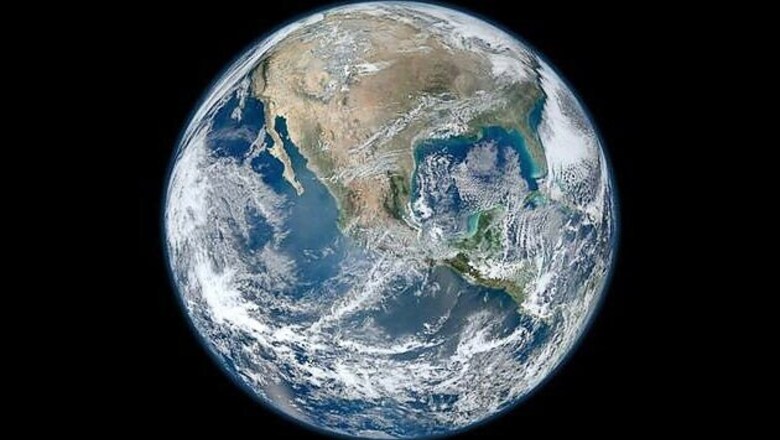
views
Washington: Evolutionary thinking is not just about the past anymore. It is about the present and the future and addressing societal challenges such as food security, emerging diseases and bio-diversity loss in a sustainable way, says a significant study.
The age of the Anthropocene - the scientific name given to our current geologic age - is dominated by the human impact on our environment.
"Coping with modern global challenges like warming climate, increased resistance of pathogens and pests and a swelling population requires application of what one might call a more ancient principle - evolution," explained Scott Carroll, an evolutionary ecologist at the University of California, Davis.
"Many human-engineered solutions to societal problems have turned out to have a relatively short-term utility because evolution finds ways around them," added George Gilchrist, a programme officer in the National Science Foundation's (NSF) division of environmental biology.
The disconnect exists despite the use of evolutionary tactics in many disciplines: treating HIV with a cocktail of drugs, for example, to slow pathogen resistance.
The study reviewed current uses of evolutionary biology and recommended specific ways in which the field can contribute to the international sustainable development goals (SDGs), now in development by the United Nations.
"Evolutionary biology has tremendous potential to solve many of the issues highlighted in the SDGs," stated Peter Sogaard Jorgensen from the University of Copenhagen.
The field accounts for how pests may adapt rapidly to our interventions and how vulnerable species struggle to adapt to global change.
Their recommendations include gene therapies to treat disease, choosing drought-and-flood-resistant crop varieties and altering conservation strategies to protect land with high levels of genetic diversity.
The authors chose the release date to coincide with the upcoming meeting of the UN General Assembly which starts Sep 24.
The paper was published online in the journal Science.




















Comments
0 comment